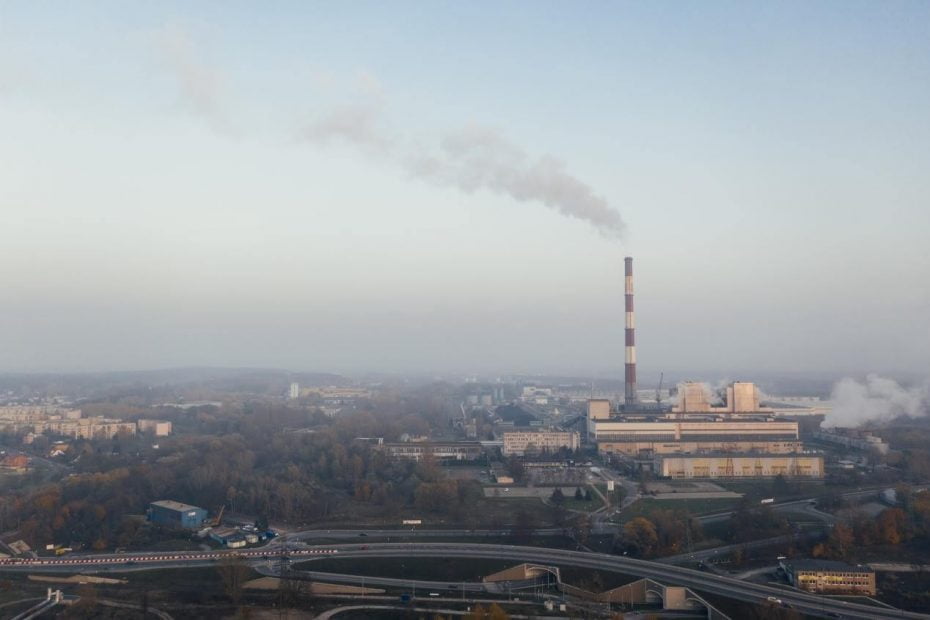The advancements in different industries are beneficial in many aspects but at the same time threatening for the environment. Greenhouse gases and carbon dioxide emissions pose a great threat to the environment as they absorb light from the sun and produce molecular vibrations. The vibrations, in turn, produce heat and heat up the atmosphere, adding to global warming
The field of information technology has been snowballing, and its participation in global warming is significant. The industry’s contribution to greenhouse gases emissions has reached 1500 metric tons, which is devastating. The equipment and machinery used in the data centers and the amount of power they consume are alarming. To battle with the issue, cloud technology offers itself to all sectors and industries through which they can go green and improve their productivity, lower their operational costs, and better their service provision as well. Let us look at how the cloud reduces greenhouse emissions.
Unlock the future of intelligent applications with our cutting-edge Generative AI integration services!
How Cloud Technology Reduces Harmful Emissions
Through an optimized use of servers and databases, the cloud requires much less power for storage and processing. The physical space needed for cloud databases is much less than the space needed for storage as well as the processing equipment of organizations that are not yet clouded. A single physical space has the capacity to intake, transmit, transfer, store, and process the huge data needs of all enterprises. The maintenance, as well as the usage of cloud operations, is highly energy-efficient as well as cost-effective.
Cloud’s scaling-up and scaling-down features also add to the energy efficiency as they prevent applications and energy from getting wasted. The production of data transferring and processing equipment, even as small as a CD, results in greenhouses gases emission. Almost all the old conventional ways of managing IT operations are environmentally hazardous, and cloud technology is a cleaner, safer, more efficient, and greener alternative to all of them.
Accenture Inc. And WSP created a quantitative model to calculate the carbon footprint and energy consumption of Microsoft’s IT operations. For the sake of the research, the operations were divided between cloud computing and on-premise deployment. Three Microsoft applications, namely Microsoft Dynamics CRM, Microsoft SharePoint, and Microsoft Exchange, were used by 100, 1000, and 10,000 users, and the results of all the observations proved the emissions efficiency of cloud through four factors:
Multi-Tenancy
Cloud servers use shared infrastructure to deliver to the needs of users and organizations. This means that fewer physical infrastructures serve more users. Just as a home with multiple tenants would consume less energy than the power utilization of separate homes owned by each of those tenants, the cloud provides its services to maximum users and organizations using minimum energy. Less power usage means fewer greenhouse gases get emitted. The fluctuations are more predictable as the overall demand peaks are flattened due to the disparate demand patterns of different and numerous organizations. The average loads and peak loads’ difference ratio becomes smaller, and the need for extra physical infrastructure is deterred.
Operating multi-tenant environments not only allows for less power consumption, but the onboarding and management, and maintenance costs of each customer organization are also reduced considerably. We are able to provide efficient services to thousands of organizations and millions of users simultaneously over one shared infrastructure.
Server Utilization
The utilization rate of the cloud’s operating servers is very high. The portion of the cloud servers that applications actively use is optimum, driving energy savings. This factor is in addition to using fewer servers than on-premise computing. The utilization rate of a cloud server is 40% to 70%, while that of the old computing servers is 5% to 10%. The processing rate is also directly proportional to the utilization rate, minimizing the power consumption even more. The virtualization aspect of cloud computing also plays a big role in improving the utilization rates as multiple virtual machines can run on the same physical server.
-
 GSA HACS Principal Security Architect$153.15
GSA HACS Principal Security Architect$153.15 -
 GSA IT Consultant$81.12
GSA IT Consultant$81.12 -
 GSA Cloud DevSecOps Engineer I$71.79
GSA Cloud DevSecOps Engineer I$71.79
Data Center Efficiency
Most modern, technologically sound, and advanced infrastructure design elements of the cloud reduce power loss. The management of the supporting components, physical construction, and IT equipment plays a huge role in energy usage. The power usage effectiveness ratio (PUE) is the ratio of the overall power that is drawn by a database facility to the power that is transmitted to the IT hardware. The PUE of efficient cloud providers’ secondary functions, such as cooling, conditioning, transforming the grid power, and lighting, is much more efficient than organizations’ on-premise computing.
Dynamic Provisioning
It is common for IT managers to deploy more storage, networking, and server infrastructure than what is actually needed. They do that to avoid ongoing capacity adjustments resulting from fluctuating demands, utilize the annual allocated budget so to prevent the risk of the budget for the next year getting smaller, inability to predict and understand peak loads and demand growth. On the other hand, by matching the capacity of the servers with the exact demands of the customers, cloud servers prevent wastage of computing resources.
The scale at which cloud service providers operate over-provisioning can be costly, forcing them to manage the capacities with diligence. They employ tools, techniques, and resources to predict the demands of their customers and are able to manage their running servers easily.
Conclusion to how the Cloud Reduces Greenhouse Emissions
A concerted effort is required to conquer the adverse effects of greenhouse gases by the public and private industries as well as the people. How the cloud reduces greenhouse emissions in all of its operations is something all industries and sectors should learn. It is important for us all to actively find ways to prevent the production of greenhouse gases and seek assistance and help from all the available tools and resources. For all the sectors and organizations that can employ cloud technology, the path to going green is an easy one, without any compromises. With the use of cloud technology, the environment and the profits of the business can both benefit simultaneously.
Further blogs within this Cloud Reduces Greenhouse Emissions and What is Kubernetes category.

